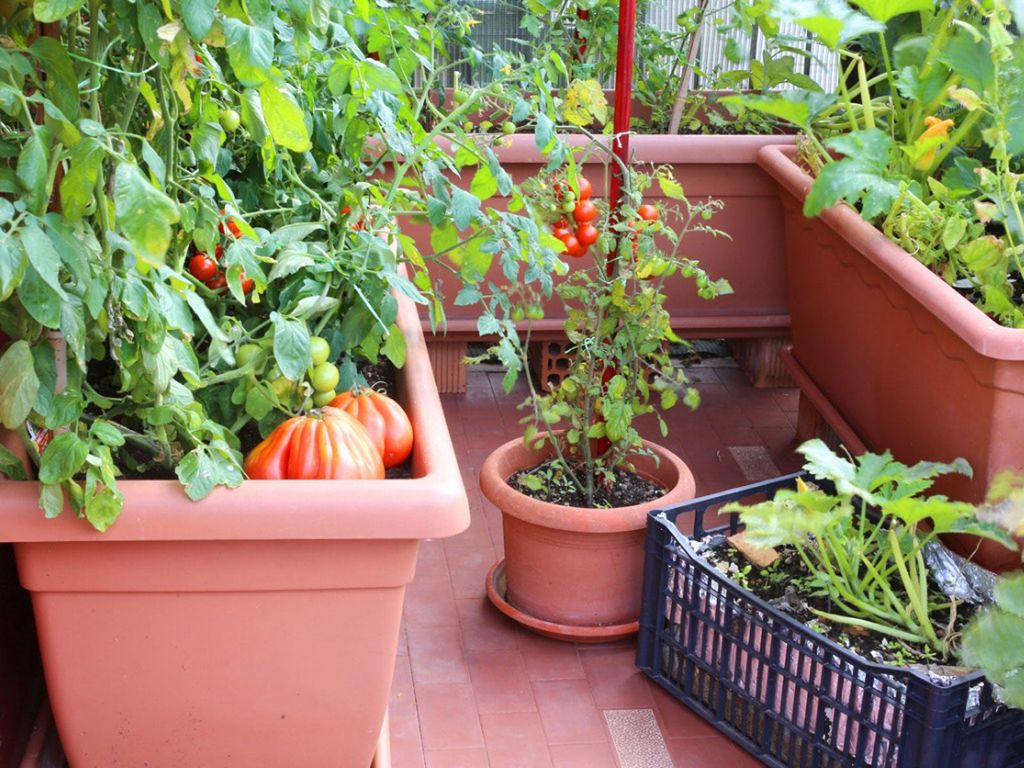Container gardening has exploded in popularity, especially for people who have limited space or want more control over their garden environment. But as you begin this journey, one question often comes to mind: What is the safest container to grow vegetables? This question is crucial because the container you choose can impact the health of your vegetables, soil, and even the safety of the food you consume.

Why Choosing the Right Container Matters
Selecting the right container is not just about aesthetics or what fits best on your balcony or patio. The material of the container directly affects the health and safety of your plants and the quality of the vegetables you grow. A poor choice can lead to harmful chemicals leaching into the soil, damaging the environment, or creating less than ideal growing conditions for your plants.
1. Chemical Leaching and Food Safety
Not all containers are created equally. Some materials, particularly non-food-grade plastics and certain metal or glazed ceramics, can leach harmful chemicals into the soil. This becomes especially critical when growing edible plants like vegetables, where those chemicals can be absorbed by the roots and end up in your food.
Some of the most common harmful chemicals to be aware of include:
- BPA (Bisphenol-A): Often found in plastics and linked to potential health risks like hormone disruption.
- Phthalates: Used to make plastics flexible but can leach into the soil, especially in older plastic containers.
- Lead: A heavy metal found in some paints, older containers, and ceramics that can contaminate soil and food.
It’s important to only use food-safe containers when growing vegetables, ensuring that the material won’t break down and introduce dangerous chemicals into your plants.
2. Durability and Longevity of Containers
Your container choice also impacts how long it will last. Some materials, like untreated wood or non-food-grade plastics, deteriorate over time due to exposure to UV rays, rain, or cold temperatures. This deterioration can lead to cracks, breaks, and even dangerous toxins being released into the soil.
When thinking about durability, ask yourself these questions:
- How long do I want this container to last?
- Is the material weather-resistant?
- Can it handle direct sunlight and exposure to water?
- Will it degrade over time and pose a risk to my plants?
3. Drainage and Air Circulation
Proper drainage is crucial to prevent root rot and maintain healthy plants. Choosing a container with good drainage capabilities ensures excess water can escape, preventing waterlogged soil and fungal growth. Equally important is air circulation, particularly with clay and fabric containers, which allow better air exchange for root health.
4. Size and Space Considerations
Each type of vegetable has different root depth and space requirements. Choosing a container that is the right size for your vegetable ensures your plants have enough room to grow, both above and below the soil. For example:
- Root vegetables like carrots need deep containers, usually at least 12-18 inches deep.
- Leafy greens like spinach or lettuce can grow in shallower containers, about 6-8 inches deep.
- Fruiting plants like tomatoes or peppers will need a larger container, typically 10-15 gallons in size.
Making the right choice based on these factors will not only help you grow healthier plants but also ensure that your vegetable garden is as safe and sustainable as possible.


